Khaled Sharrouf dead: Fate catches up with street thug
Few will mourn Khaled Sharrouf if this time he is really dead | WARNING: Graphic content
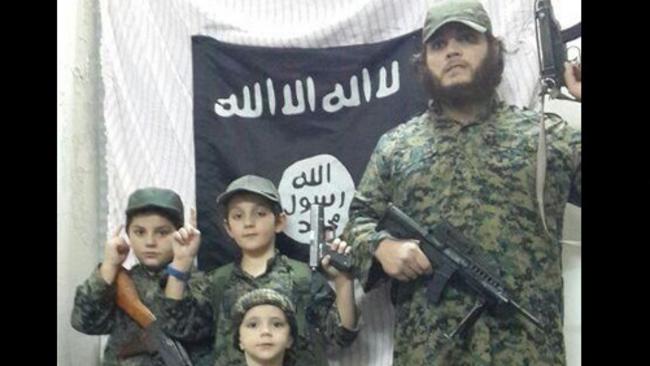
Few will mourn Khaled Sharrouf if this time he is really dead.
The 36-year-old had been cheating his fate since arriving in Syria in early 2014. Shot, bombed, poisoned with infection — he should have died years ago.
Australia’s most notorious jihadist had long been shunned by the country that nurtured him. He had only a smattering of family and no friends.
The Islamic community didn’t want to know him. The police detested him.
Sharrouf didn’t even have a passport — he had it taken away last year when Immigration Minister Peter Dutton revoked his citizenship, the first time such a power had been used in the 68-year history of the Citizenship Act.
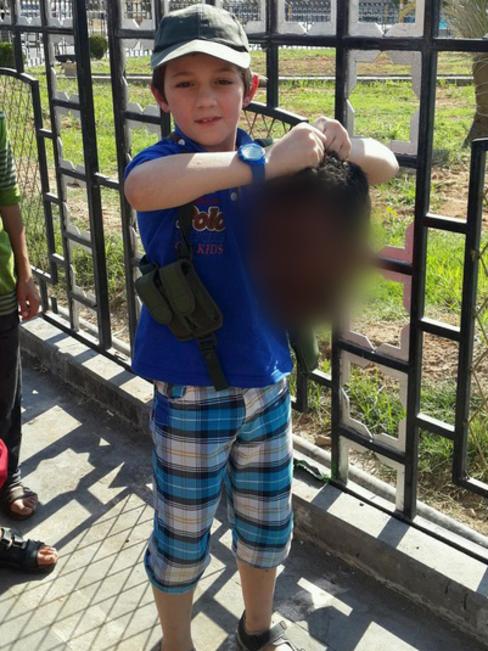
More than any other Australian jihadist, Sharrouf symbolised the blind savagery of Islamic State.
With iPhone in hand Sharrouf documented every murder, every rape, every atrocity he and his friend Mohamed Elomar committed as they rampaged their way across Syria and into Iraq.
Not that Sharrouf was ever important to ISIS’s operations. He was too stupid and ill-disciplined to be anything more than a grunt. Despite his boasts, he had no army of followers here.
ASIO spent far more time worrying about other jihadis than it did about Sharrouf.
But there was one thing that set Sharrouf apart from the pack — he took his five Australian-born children into the maw of the Syrian conflict. They became the public face of a slow-motion tragedy, a dreadful category mistake which saw five fresh-faced young children transported overnight into hell on Earth.
Now it seems two are dead. Twelve-year-old Abdullah and 11-year-old Zarqawi were reportedly with their father when the bombs struck. The other three, Zaynab, 16, Hoda, 15, Humzeh, 7, along with Zaynab’s one-year-old daughter Aiyesha, are unaccounted for.
During his 3½ years in Syria Sharrouf became the embodiment of ISIS’s extreme violence. He typified the attraction the Syrian war held for Western street thugs and the success ISIS had in recruiting them to its ranks.
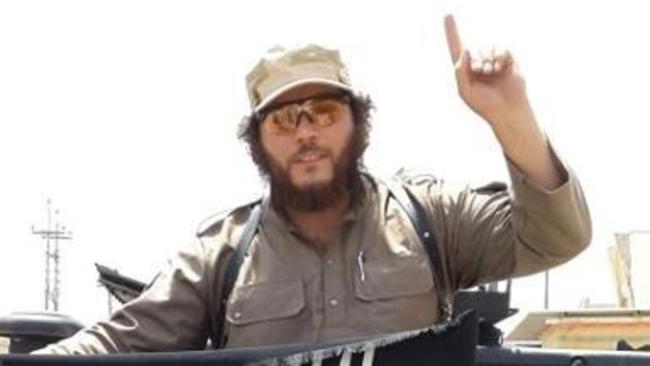
Sharrouf, the son of Lebanese migrants, was at heart a low-rent crim, a high school dropout who dabbled in crime and who fried his brain with drugs before turning to radical Islam. He had no trade, no education, no prospects. His father was a violent former soldier with the Lebanese army who skipped out on the family when he was young.
In 2005 Sharrouf was picked up along with 18 others in the Pendennis trials, an ambitious terror plot to bomb targets in Sydney and Melbourne.
Sharrouf served just shy of four years, some of it in SuperMax. It terrified him. Sharrouf would ring his wife, Tara, in tears on the prison phone. Police who knew him at the time say that was Sharrouf all over. Peter Moroney was a detective on the NSW Joint Counter Terrorism Team that worked the Pendennis job. “He didn’t have much to say on his own but when he was in a group it was a different story,’’ Moroney said. “There was a fair bit of bluff and bravado on his part.’’
Sharrouf pleaded mental illness and got out early. For a while he knocked about on the disability support pension. Tara stuck with him. The pair had met at high school and she bore him five children. Somewhere along the way she converted to Islam. But Sharrouf was not a good husband. He abused her and knocked her around. Tara’s family never took to the thickset Lebanese boy who had stolen their daughter’s heart.
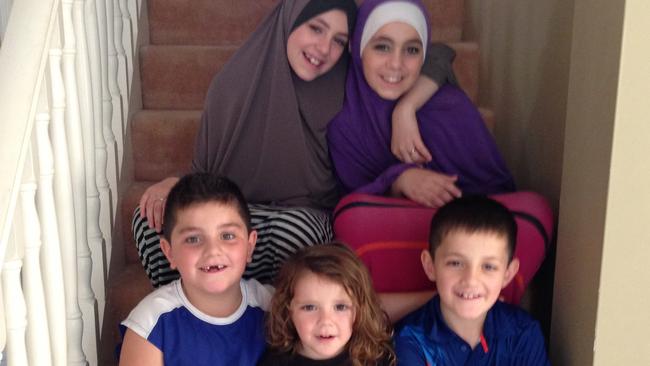
Still, Tara’s family says Sharrouf was calmer after he got out of prison, possibly because he was on antipsychotics.
“Honest to God, he was a nice guy,’’ Karen Nettleton, Tara’s mother, told The Australian in 2015.
It didn’t last.
Sharrouf got sacked from his job and re-embraced radical Islam, assuming he had ever left it. Sources say it was Sharrouf who turned the now-defunct Al Risalah Islamic Centre into Sydney’s hub of radical teaching. He and Elomar became regular fixtures at the Bankstown prayer hall.
Sharrouf got a job as a standover man for an underground figure and then, in 2013, he was arrested with a rifle in his hands at a property near Lithgow. Sharrouf looked set for another spell in the bin.
Instead, he fled to Syria, flying out of Sydney airport on his brother’s passport. It was the one occasion Sharrouf got one over the police and even from Syria, he loved to taunt them for it, goading them through Twitter for letting him go.
A few months later Tara and the five kids followed, joining the two men in Raqqa, ISIS’s self-described “capital’’. For a while they all lived together in a house in Raqqa, Sharrouf and his family upstairs, Elomar downstairs.
Then in mid-2014, ISIS invaded northern Iraq. Sharrouf and Elomar tagged along, taunting the police and posting ghoulish pictures of themselves on social media.
In one video seen by The Australian the two can be seen lining up a dozen or so captured Iraqis, kneeling them in the dirt and mowing them down with a combination of rifle fire and pistol shots to the back of the head. Elomar, who was on crutches after being shot in the knee, didn’t get to kill anyone that day. It seemed to disappoint him. The video shows him firing angry pistol shots into the corpse of one of his victims.
Then in August 2014 The Australian published what has become a notorious image of the Syrian war — young Abdullah holding aloft the severed head of a slain Syrian official. “That’s my boy!’’ read the caption.
Four Yazidi women, captured and enslaved by Sharrouf and Elomar in northern Iraq in 2014, told of Sharrouf’s brutality.
“He tried to ban us from crying and showing our sadness,” one of the women told the ABC.
“He threatened to sell us if we did. He said, ‘Why are you sad? Forget about your home and family. This is your home and we are your family now. Forget about your gods, for good, because we have killed them all’.”
It was the least of what went on.
According to one of the women, Elomar would take one of the girls away at night and rape her.
“One of my friends was with us all the day but he was taking her by force at night,” she said.
None of that stopped Sharrouf from marrying off his oldest daughter, 14-year-old Zaynab, to Elomar. The two had a child, Aiyesha, but in 2015 Elomar was killed in an air strike in Raqqa. The car he was travelling in was torn apart.
“Hello Nana, how are you?” Zaynab said to her grandmother, Karen in a text message. “My husband got hit by a drone yesterday and got killed. When I found out I was happy for him to get what he wanted and go to paradise but at the same time I was devastated because I loved him so much and I knew I was never gonna see him again in this life.”
Worse was to come.
In 2016 Zaynab’s mother, Tara Nettleton died from complications of an infection in Syria. Tara’s death spurred Karen to try to get her grandchildren out of Syria. Through lawyers she worked with Australian authorities to get the kids out, even travelling to Turkey to facilitate their escape.
Authorities did what they could, although privately they were far from convinced the children wanted to come home. There was plenty of evidence the older ones had become true believers, just like their parents.
“His children were treating us badly,” one of the captured Yazidi women told the ABC.
“They had knives and cell phones saying that they will take videos while cutting off our heads because we follow a different religion.”
By the end, Sharrouf was pretty banged up. He had been wounded in the leg and the subsequent complications nearly killed him. Multiple sources say he also lost an eye, possibly during the air strike that killed his friend Elomar. On one account, Sharrouf is said to have been spirited briefly across the border into Turkey to receive medical treatment, although there is no way of verifying the claim. It was a temporary reprieve.
Sharrouf’s war was only ever going to end one way.


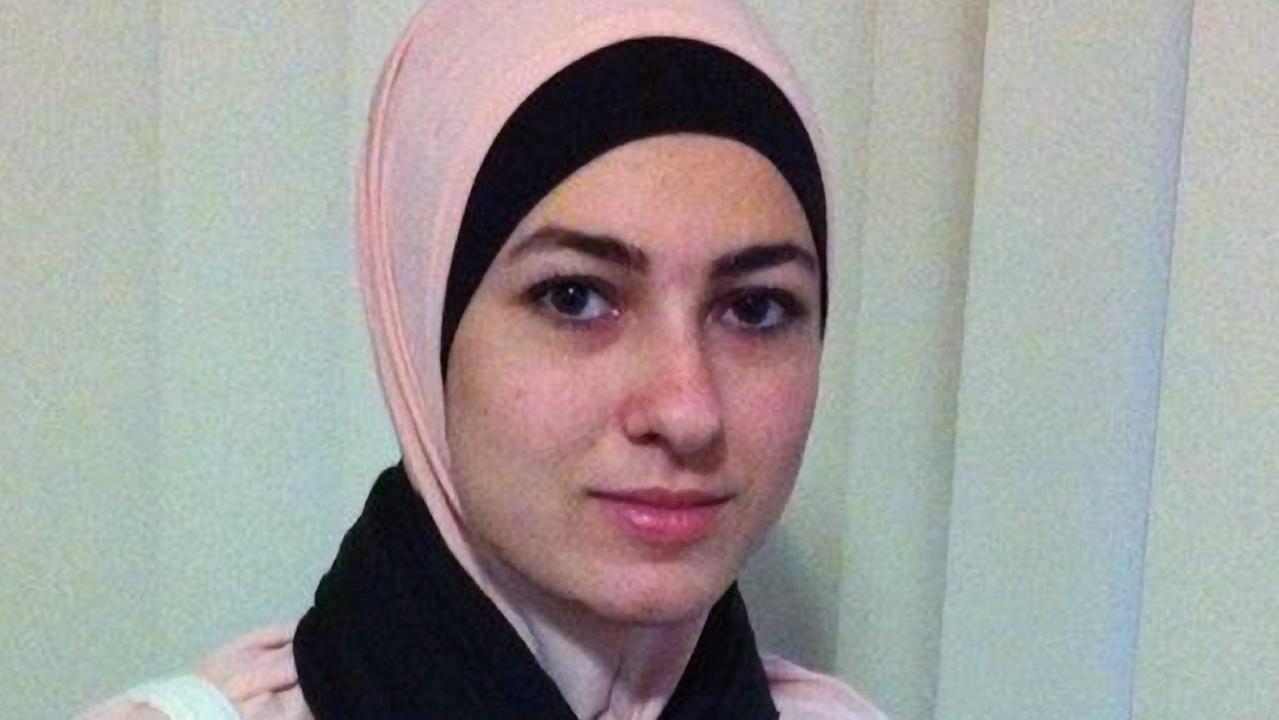
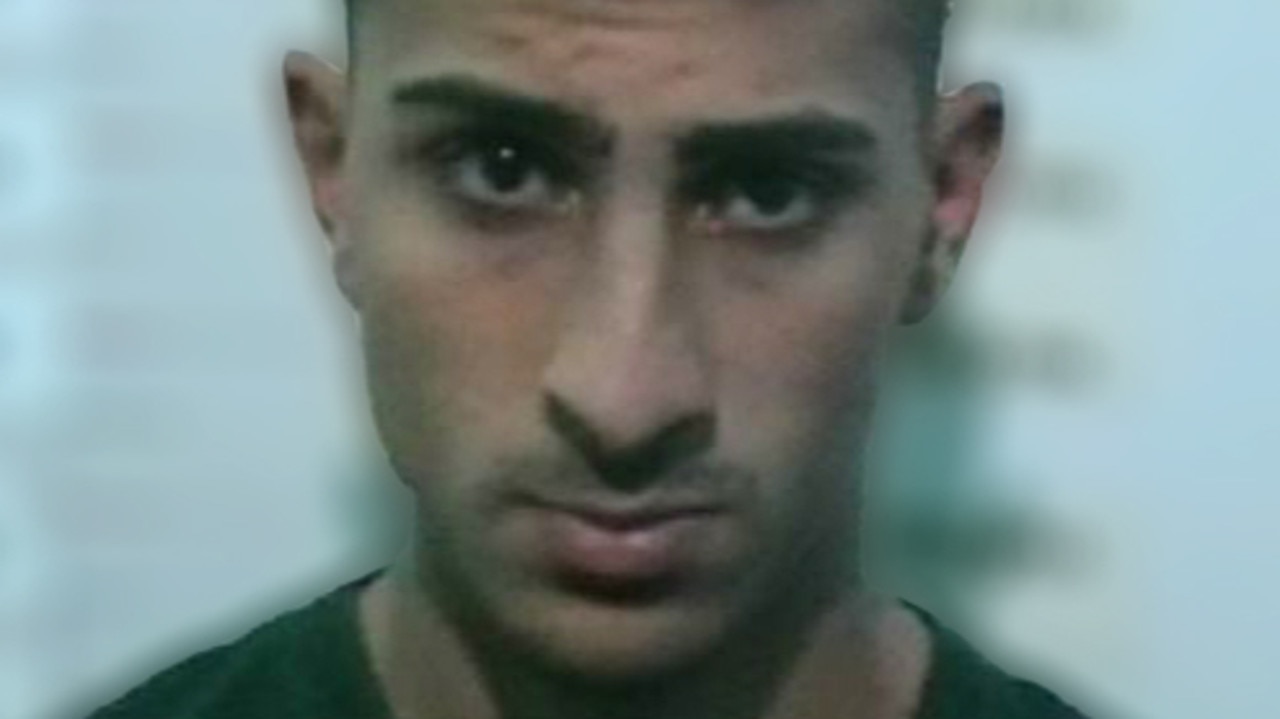
To join the conversation, please log in. Don't have an account? Register
Join the conversation, you are commenting as Logout